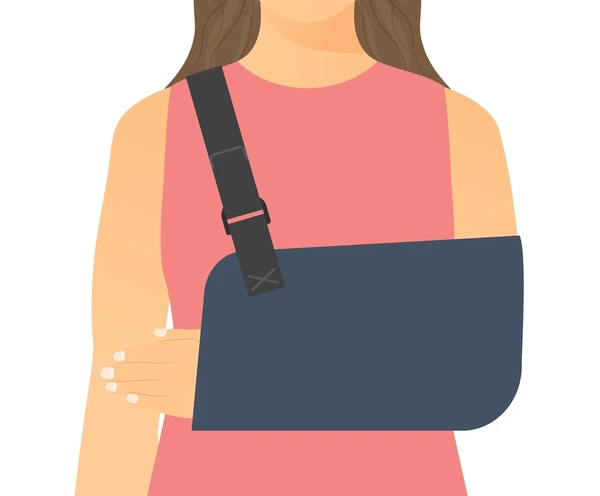Can Arthroscopy be used to treat stress fractures after Reverse Shoulder Replacement?

One of the primary concerns after reverse shoulder replacement is the development of acromial stress fractures. The acromion is an extension of the shoulder blade’s spine that can be found in the superior region of the shoulder and is also a region where the deltoid muscle attaches to. After replacement, the deltoid muscle is subject to increased tension which increases the risk of acromial stress fractures. Although this complication occurs in only 3 out of 100 patients, fracture fragments can lead to shoulder pain and poor function.
At the Oregon Shoulder Institute, we prefer to initially manage these fractures conservatively (e.g. a sling) which can lead to success if diagnosed early. In some cases, however, fragments may not heal completely or can be considered separated from the rest of the bone. These fragments may be considered for surgery. When fragments are small, it is difficult to attach these to the rest of the acromion. For these small-sized fragments, we prefer performing a technique to remove rather than fix to the rest of the bone. Arthroscopy allows us to remove the fragment under direct visualization without the need for a larger incision. Removal often leads to pain relief and preserves muscle function. Currently, there are no studies available on this subject but we believe this technique could be beneficial for select patients.
Article link: https://www.arthroscopytechniques.org/article/S2212-6287(22)00204-3/fulltext

Figure1. Image showing the area of the anterior acromion which extends from the scapula, or shoulder blade. Type I corresponds to the area where fracture fragments can be considered for arthroscopic removal.
Similar posts



